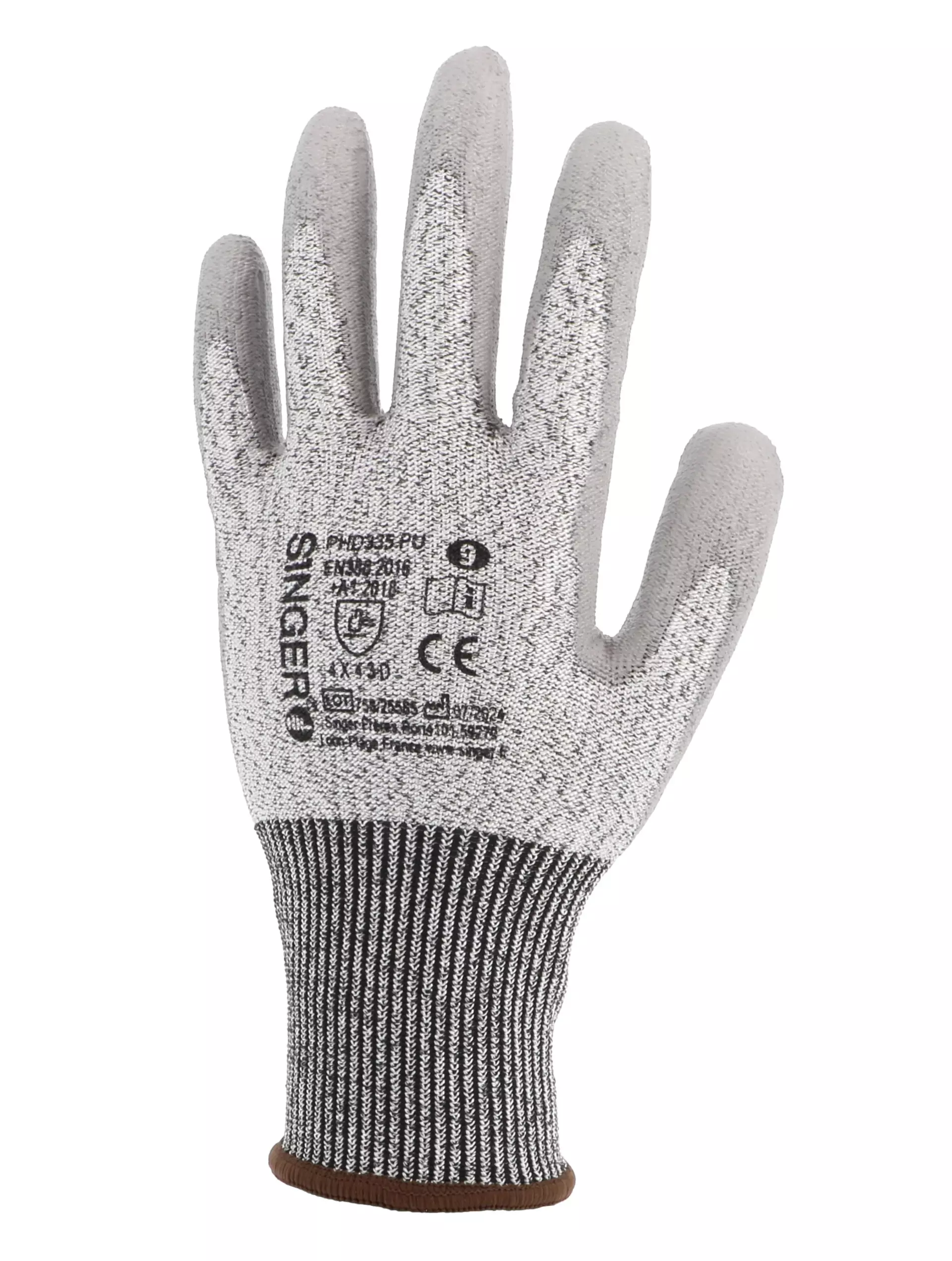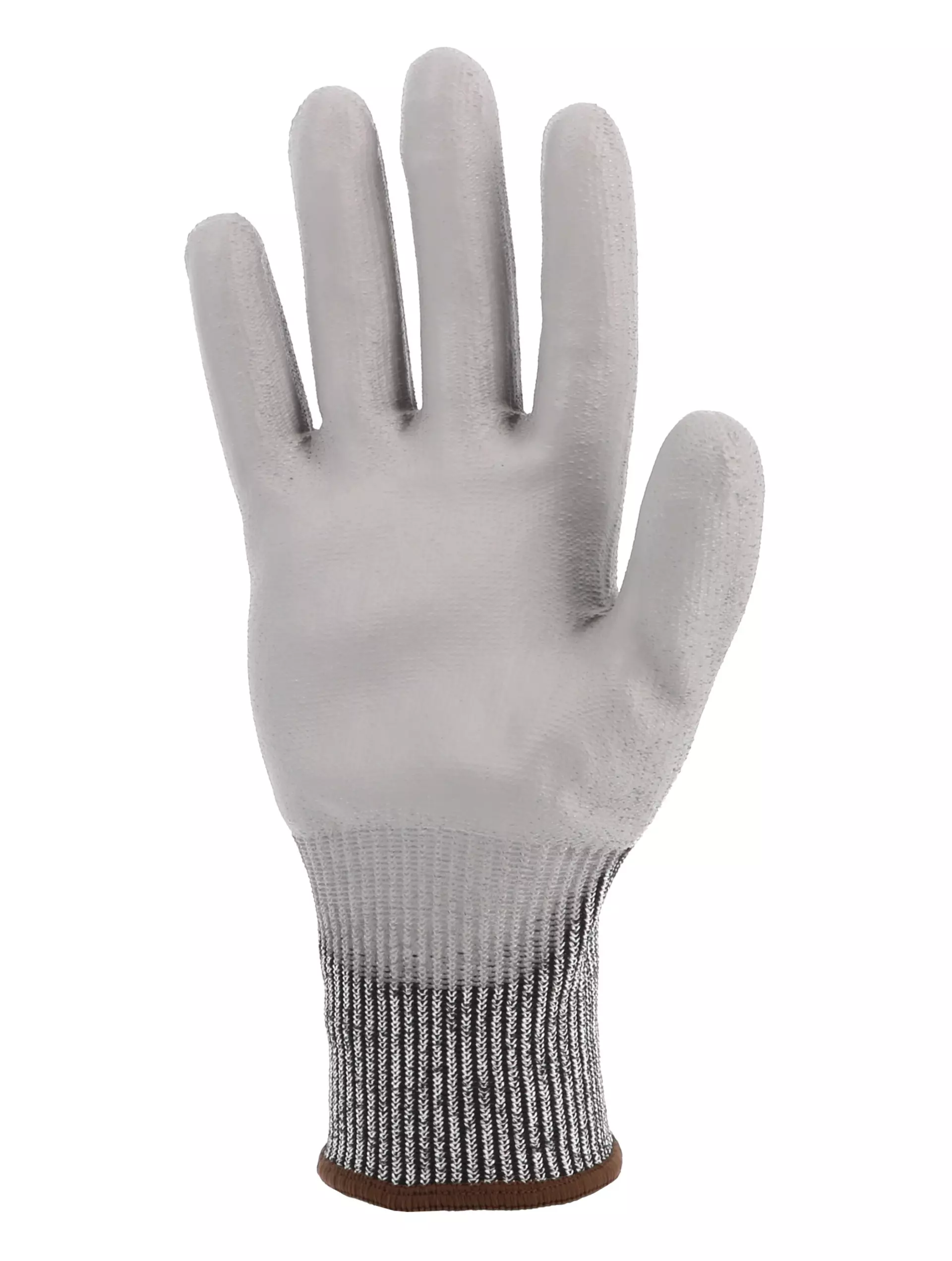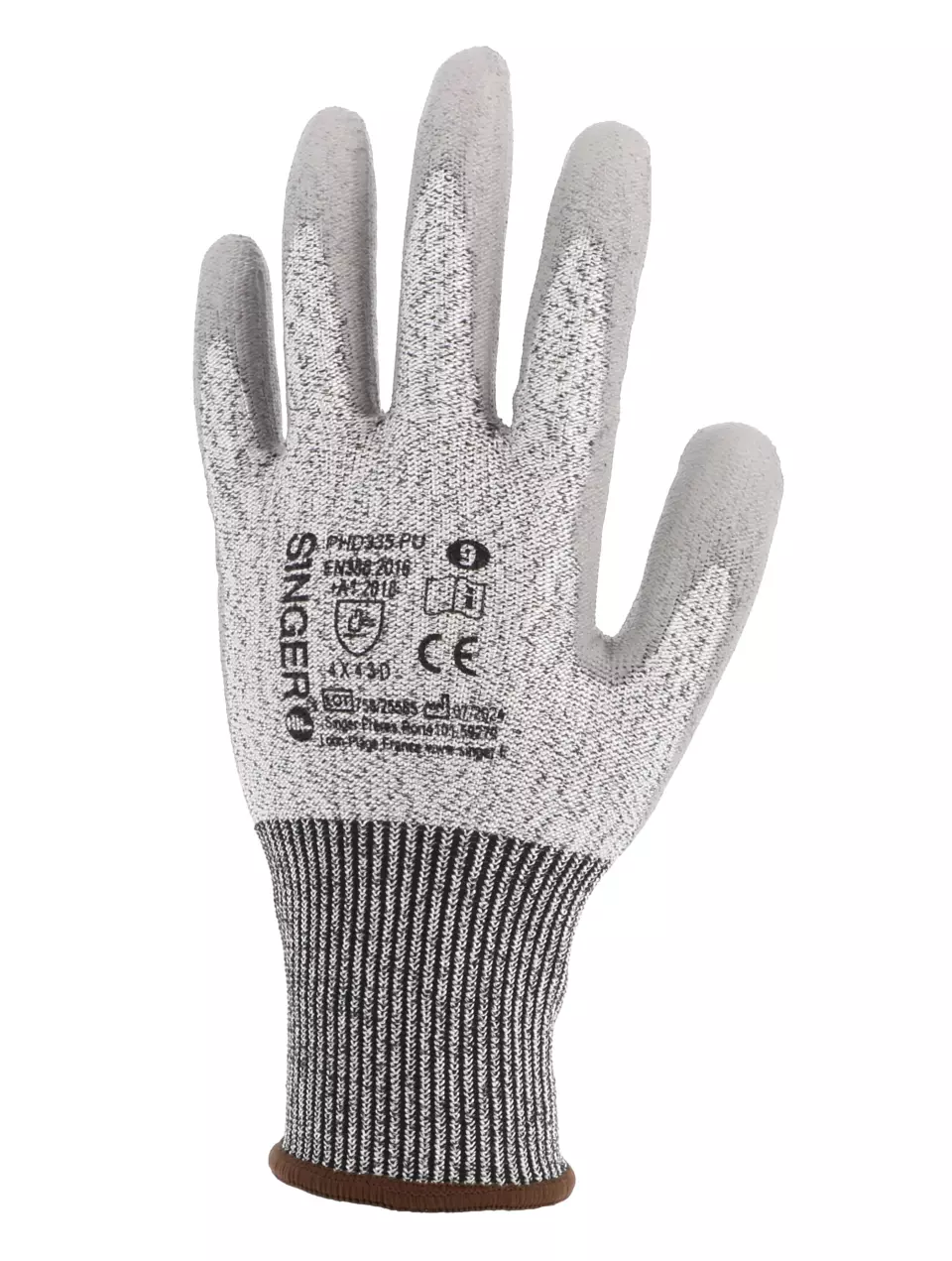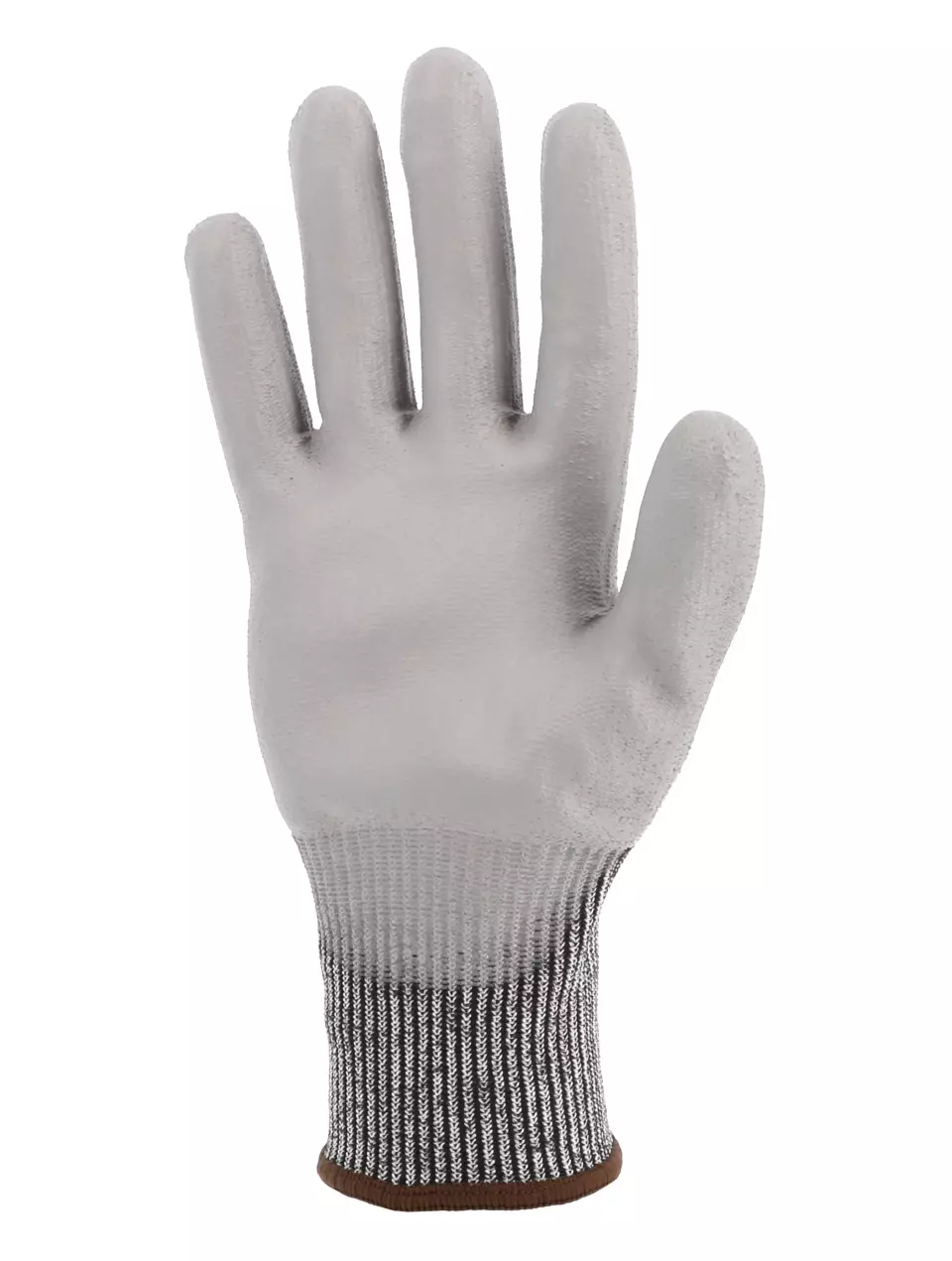

Features You'll Love

Glove Features · Seamless Knit
EN 388 · Cut Resistance, ISO 13997 Level D, Abrasion Resistance Level 4, Puncture Resistance Level 3, Tear Resistance Level 4
Enjoy superior comfort and dexterity with a smooth, seam-free fit that reduces irritation and enhances your grip.
Offers strong protection against cuts from utility knives, glass edges, and sheet metal.
Offers the highest level of protection against intense rubbing and wear from rough materials.
Withstands strong pressure from sharp objects like nails or thick splinters.
Offers the highest level of protection against tearing, withstanding a strong force before ripping.

Coating Coverage · Palm And Finger
Indicates which areas of the glove have protective coating applied, affecting grip, protection, and dexterity in different parts of the hand.
Singer Safety
Coated Cut Resistant Gloves, 10 pairs
Coated Cut Resistant Gloves, 10 pairs
(17)
33,30 €
Price per 10 pairs
3,33 € / pair
Choose size
Shipping fee is 7,94 € for orders under 80,00 €
Features You'll Love

Glove Features · Seamless Knit
EN 388 · Cut Resistance, ISO 13997 Level D, Abrasion Resistance Level 4, Puncture Resistance Level 3, Tear Resistance Level 4
Enjoy superior comfort and dexterity with a smooth, seam-free fit that reduces irritation and enhances your grip.
Offers strong protection against cuts from utility knives, glass edges, and sheet metal.
Offers the highest level of protection against intense rubbing and wear from rough materials.
Withstands strong pressure from sharp objects like nails or thick splinters.
Offers the highest level of protection against tearing, withstanding a strong force before ripping.

Coating Coverage · Palm And Finger
Indicates which areas of the glove have protective coating applied, affecting grip, protection, and dexterity in different parts of the hand.
Product description
These high-performance protective gloves feature a seamless knitted liner made of polyester, high density polyethylene, and elastane fibers, providing excellent cut resistance while maintaining superior dexterity and comfort. The polyurethane palm coating enhances grip and object handling in dry conditions while offering excellent abrasion and tear resistance. With TDM Level D cut protection and a 13-gauge construction, these gloves deliver professional-grade protection for demanding industrial applications.
Product Features:
- Seamless knitted construction for enhanced comfort and elimination of pressure points
- Level D cut resistance with technical high-tenacity HDPE fibers
- Elastic knitted wrist with piping for secure fit and glove retention
- Polyurethane coating on palm for improved grip and flexibility
- Ventilated back design allows hand breathability
Technical Details:
- 13-gauge seamless knit construction
- Liner composition: polyester, high density polyethylene and elastane
- Palm coated with polyurethane
- EN 388:2016+A1:2018 certification with 4X43D rating
- EN ISO 21420:2020 compliant
Recommended Applications:
- Heavy industry operations
- Light manufacturing
- Finishing work
- Maintenance tasks
- Dry handling applications requiring cut protection
EAN: 3660514261280, 3660514261297, 3660514261310, 3660514261327, 3660514261341, 3660514261358, 3660514261372, 3660514261389, 3660514261402, 3660514261419, 3660514261433, 3660514261440, 3660514261464, 3660514261471